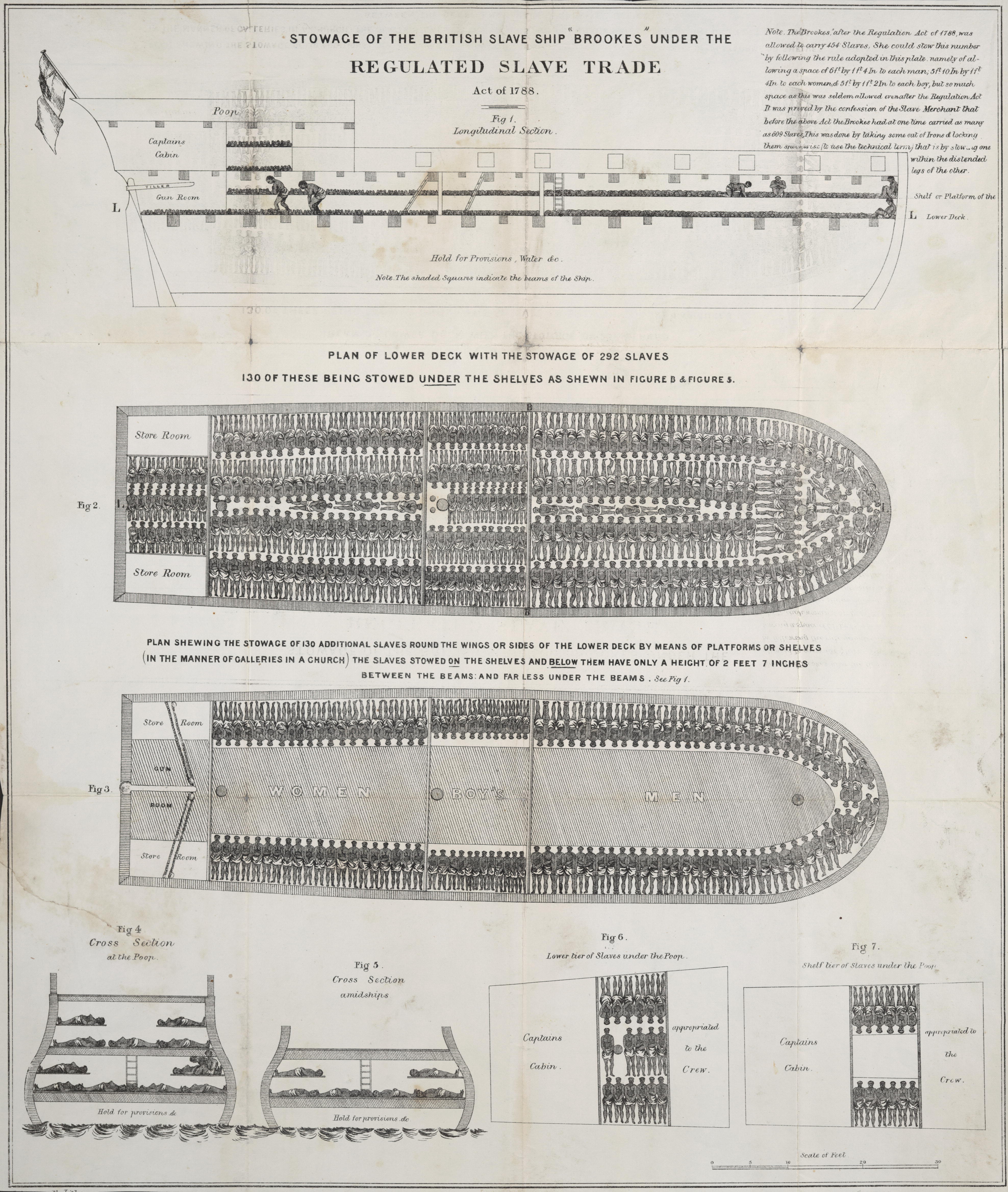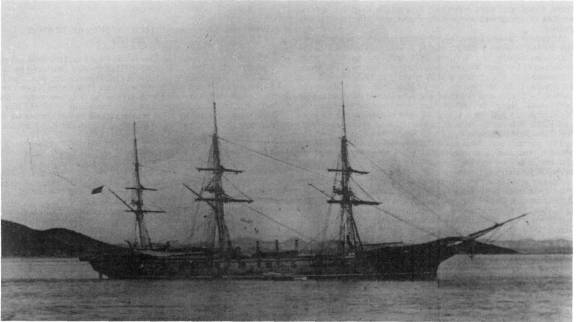|
HMS Rattler (1793)
Eight ships of the Royal Navy have borne the name HMS ''Rattler'': * was a 16-gun sloop launched in 1783 and sold in 1792. She then made two voyages as a whaler and two voyages as a slave ship before she was condemned as unseaworthy in 1802. She returned to service though, sailing as a whaler in the northern whale fishery, sailing out of Leith. She continued whaling until ice crushed her in June 1830. * HMS Rattler (1793) was a hired cutter serving from 1793 until 1796 until the Navy purchased her and renamed her . ''Sparrow'' was broken up in 1805. * was a 16-gun sloop launched in 1795 and sold in 1815. * was the mercantile ''Hope'' that the Royal Navy purchased at Leith in 1797. It initially named her ''GB No.41'', and then renamed her HMS ''Rattler''. The Navy sold her in 1802. She returned to the name ''Hope'' and became a merchantman trading with Hamburg, Gibraltar, and lastly, Cowes. She was last listed in 1816. * was a wood screw sloop launched in 1843. It had been ... [...More Info...] [...Related Items...] OR: [Wikipedia] [Google] [Baidu] |
Royal Navy
The Royal Navy (RN) is the United Kingdom's naval warfare force. Although warships were used by English and Scottish kings from the early medieval period, the first major maritime engagements were fought in the Hundred Years' War against France. The modern Royal Navy traces its origins to the early 16th century; the oldest of the UK's armed services, it is consequently known as the Senior Service. From the middle decades of the 17th century, and through the 18th century, the Royal Navy vied with the Dutch Navy and later with the French Navy for maritime supremacy. From the mid 18th century, it was the world's most powerful navy until the Second World War. The Royal Navy played a key part in establishing and defending the British Empire, and four Imperial fortress colonies and a string of imperial bases and coaling stations secured the Royal Navy's ability to assert naval superiority globally. Owing to this historical prominence, it is common, even among non-Britons, to ref ... [...More Info...] [...Related Items...] OR: [Wikipedia] [Google] [Baidu] |
Sloop-of-war
In the 18th century and most of the 19th, a sloop-of-war in the Royal Navy was a warship with a single gun deck that carried up to eighteen guns. The rating system covered all vessels with 20 guns and above; thus, the term ''sloop-of-war'' encompassed all the unrated combat vessels, including the very small gun-brigs and cutters. In technical terms, even the more specialised bomb vessels and fireships were classed as sloops-of-war, and in practice these were employed in the sloop role when not carrying out their specialised functions. In World War I and World War II, the Royal Navy reused the term "sloop" for specialised convoy-defence vessels, including the of World War I and the highly successful of World War II, with anti-aircraft and anti-submarine capability. They performed similar duties to the American destroyer escort class ships, and also performed similar duties to the smaller corvettes of the Royal Navy. Rigging A sloop-of-war was quite different from a civilian ... [...More Info...] [...Related Items...] OR: [Wikipedia] [Google] [Baidu] |
Whaler
A whaler or whaling ship is a specialized vessel, designed or adapted for whaling: the catching or processing of whales. Terminology The term ''whaler'' is mostly historic. A handful of nations continue with industrial whaling, and one, Japan, still dedicates a single factory ship for the industry. The vessels used by aboriginal whaling communities are much smaller and are used for various purposes over the course of the year. The ''whale catcher'' was developed during the age of steam, and then driven by diesel engines throughout much of the twentieth century. It was designed with a harpoon gun mounted at its bow and was fast enough to chase and catch rorquals such as the fin whale. At first, whale catchers either brought the whales they killed to a whaling station, a settlement ashore where the carcasses could be processed, or to its factory ship anchored in a sheltered bay or inlet. With the later development of the slipway at the ship's stern, whale catchers were able ... [...More Info...] [...Related Items...] OR: [Wikipedia] [Google] [Baidu] |
Slave Ship
Slave ships were large cargo ships specially built or converted from the 17th to the 19th century for transporting slaves. Such ships were also known as "Guineamen" because the trade involved human trafficking to and from the Guinea coast in West Africa. Atlantic slave trade In the early 1600s, more than a century after the arrival of Europeans to the Americas, demand for unpaid labor to work plantations made slave-trading a profitable business. The Atlantic slave trade peaked in the last two decades of the 18th century, during and following the Kongo Civil War. To ensure profitability, the owners of the ships divided their hulls into holds with little headroom, so they could transport as many slaves as possible. Unhygienic conditions, dehydration, dysentery and scurvy led to a high mortality rate, on average 15% and up to a third of captives. Often the ships carried hundreds of slaves, who were chained tightly to plank beds. For example, the slave ship ''Henrietta Marie ... [...More Info...] [...Related Items...] OR: [Wikipedia] [Google] [Baidu] |
Screw Sloop
A screw sloop is a propeller-driven sloop-of-war. In the 19th century, during the introduction of the steam engine, ships driven by propellers were differentiated from those driven by paddle-wheels by referring to the ship's ''screws'' (propellers). Other propeller-driven warships included screw frigates and screw corvette A corvette is a small warship. It is traditionally the smallest class of vessel considered to be a proper (or " rated") warship. The warship class above the corvette is that of the frigate, while the class below was historically that of the slo ...s. See also * CSS ''Alabama'' * USS ''Alaska'' * USS ''Contoocook'' * HMS ''Gannet'', now a museum ship. * USS ''Housatonic'', sunk by the first successful submarine attack. * USS ''Wyoming'' * * Ship types {{navy-stub ... [...More Info...] [...Related Items...] OR: [Wikipedia] [Google] [Baidu] |
Brig
A brig is a type of sailing vessel defined by its rig: two masts which are both square rig, square-rigged. Brigs originated in the second half of the 18th century and were a common type of smaller merchant vessel or warship from then until the latter part of the 19th century. In commercial use, they were gradually replaced by fore-and-aft rigged vessels such as schooners, as owners sought to reduce crew costs by having rigs that could be handled by fewer men. In Royal Navy use, brigs were retained for training use when the battle fleets consisted almost entirely of iron-hulled steamships. Brigs were prominent in the coasting coal trade of British waters. 4,395 voyages to London with coal were recorded in 1795. With an average of eight or nine trips per year for one vessel, that is a fleet of over 500 colliers trading to London alone. Other ports and coastal communities were also be served by colliers trading to Britain's coal ports. In the first half of the 19th century, the va ... [...More Info...] [...Related Items...] OR: [Wikipedia] [Google] [Baidu] |



